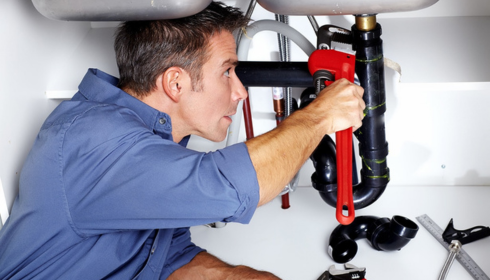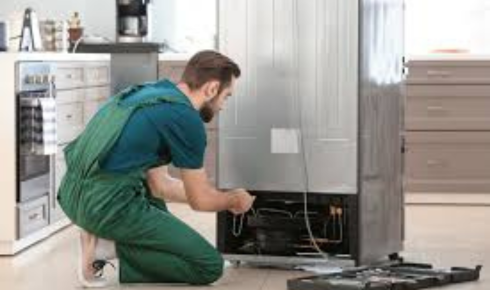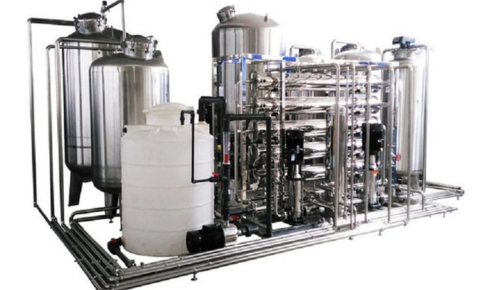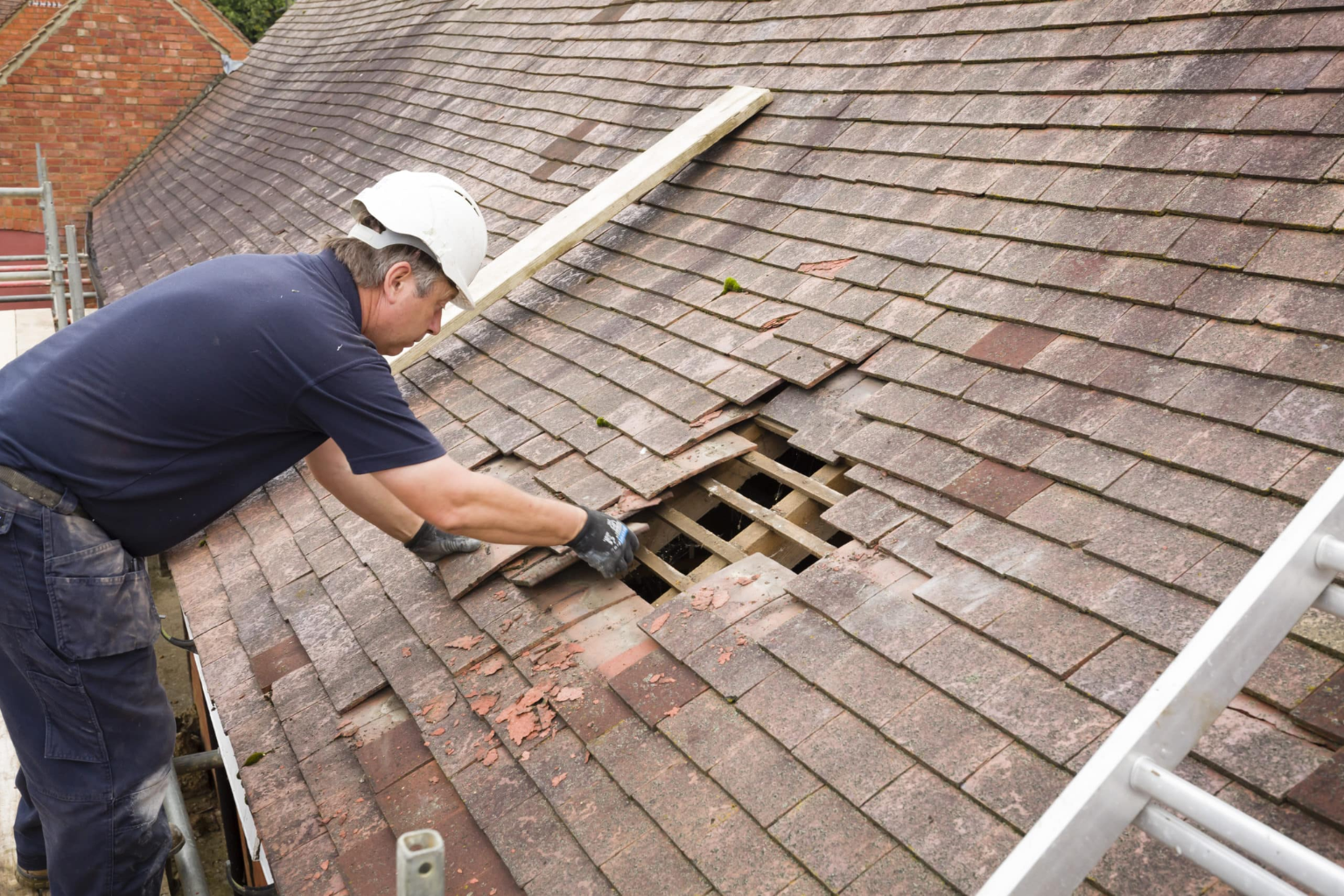There’s something about water that feels timeless, almost poetic. It’s the thread running through every story of human survival, growth, and comfort. Yet for something so essential, we often take it for granted—turning on the tap and expecting it to be safe, clean, and endless. The truth? The journey from source to sink is far more complicated, and in today’s world, it’s not just about clarity or taste. It’s about ensuring the invisible threats—bacteria, viruses, and other unseen troublemakers—are kept firmly in check.
That’s where microbiological water treatment systems step into the picture. Not the most glamorous phrase, I’ll admit, but beneath that technical name is a quiet hero working to make sure the water we drink doesn’t betray us.
Water’s Hidden Challenges
Most of us trust that our municipal water or bottled options are “good enough.” But anyone who’s dealt with a boil-water notice, a rusty old pipeline, or even just a strange taste after a storm knows that “good enough” can quickly fall short. Microorganisms don’t announce themselves. They sneak into water supplies through floods, agricultural runoff, sewage leaks, or even natural springs.
And while some bacteria are harmless—or even helpful—others are less forgiving. Think E. coli, Giardia, or Cryptosporidium, the kinds of microscopic names you don’t want swirling around in your glass. The problem isn’t just discomfort; it’s real risk. Stomach bugs, long-term illness, and in vulnerable populations, even worse.
This isn’t fearmongering. It’s simply the reality of how vital, and how vulnerable, water truly is.
A Quiet Revolution in Water Safety
That’s why scientists, engineers, and yes—some pretty passionate water geeks—have spent decades developing better ways to protect us. Filters, UV light, reverse osmosis, ozone treatments… the list of technologies has grown steadily more sophisticated. Yet the goal has remained beautifully simple: keep the water pure without stripping it of its natural goodness.
Among these tools, microbial filtration systems have carved out a reputation for reliability. Picture millions of tiny pores, fine enough to trap microorganisms, yet generous enough to let water flow through without fuss. It’s filtration at its most elegant—no harsh chemicals, no aftertaste, just barrier technology doing its job with quiet consistency.
What’s compelling is how flexible these systems are. They’re not just for remote villages or high-end labs. You’ll find them in city homes, restaurants, schools, and even emergency relief operations. Clean water shouldn’t be a luxury, and filtration systems like these make sure it isn’t.
Houston, We Have… a Solution
Nowhere does the story of water treatment feel more immediate than in places like Texas. Take Houston, for instance. A city with booming growth, sprawling infrastructure, unpredictable weather, and a lot of pressure on its water networks. Floods can overwhelm systems in minutes. Droughts test resilience. Industry adds another layer of complexity.
It’s not surprising, then, that demand for advanced microbiological systems Houston providers are offering has grown sharply. People here understand that safety can’t be left to chance. From homeowners worried about old pipes, to hospitals that can’t compromise on sterility, to businesses serving thousands of customers daily—the expectation is the same: trust in every drop.
And trust, after all, is what clean water is really about.
Beyond Health: The Ripple Effect
When we talk about treatment systems, it’s easy to focus solely on the avoidance of illness. And yes, that’s critical. But the benefits ripple outward in ways that don’t always get the spotlight.
For families, it’s the peace of mind of letting kids fill their cups from the tap without hesitation. For restaurants, it’s serving ice water that tastes crisp and clean, reassuring customers in subtle ways. For industries, it’s preventing costly downtime or contamination issues. And for cities, it’s about resilience—having infrastructure that doesn’t crumble under environmental or population pressures.
Clean water, in short, sustains confidence. It allows us to trust not just the glass in our hand, but the systems that hold our communities together.
The Human Side of Technology
What I find fascinating is how something so scientific, so technical, connects back to a deeply human need. We don’t crave sterile reports about pore sizes or UV wavelengths. What we crave is comfort—the everyday assurance that when we cook pasta, make tea, or hand a bottle to a baby, we’re nourishing, not gambling.
And honestly, that’s the beauty of these systems. They blend into our routines, humming in the background, almost invisible. They don’t ask for applause or constant tinkering. They just work, quietly restoring a bond of trust between us and the water we depend on.
So, Where Do We Go From Here?
Water challenges aren’t slowing down. Climate change, aging infrastructure, and population growth make sure of that. But we’re also not powerless. Every investment in smarter treatment, every upgrade to filtration, every household decision to prioritize quality over complacency—it adds up.
The future of water isn’t about reinventing the wheel. It’s about refining it, protecting it, and remembering that behind the science is something much bigger: human well-being.
Closing Thoughts
We’ve come a long way from drawing buckets at a well, hoping what we couldn’t see wouldn’t hurt us. Today, we have tools and systems that bring a level of safety and clarity our ancestors could only dream of. That doesn’t mean we should grow careless. It means we should recognize how far we’ve come—and continue pushing for even better.





